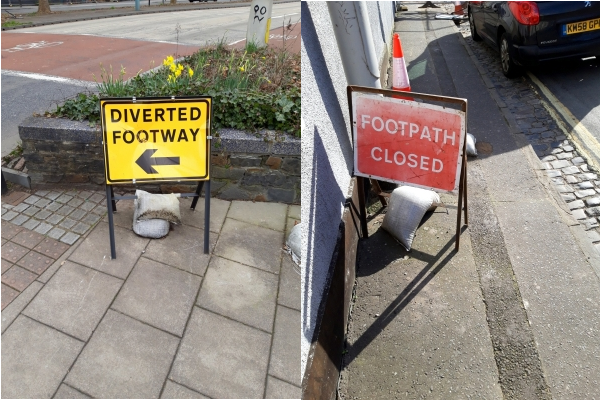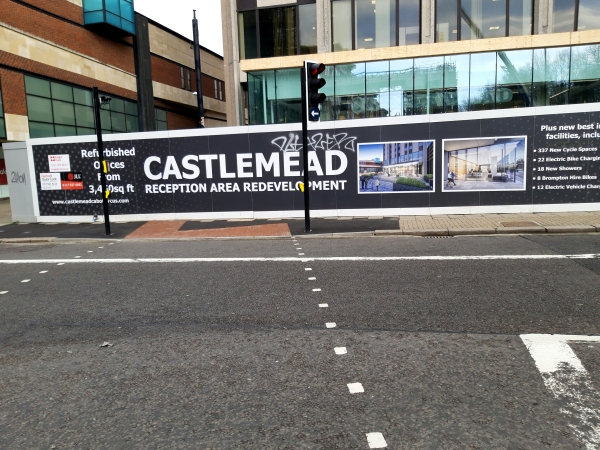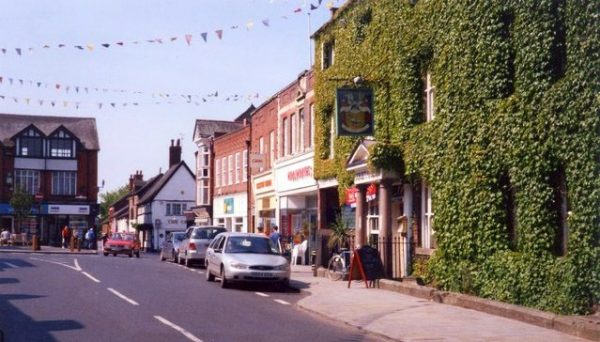Express implodes in fury
Nearly 80 years ago, Conservative leader Stanley Baldwin laid into the press on 17th March 1931 accusing them of wanting “power without responsibility – the prerogative of the harlot throughout the ages“.
When it comes to harlotry combined with lack of responsibility, it’s hard to emulate the Express.
For years these purveyors of xenophobia have actively campaigned for the country to leave the European Union, telling all manner of lies in the process.
Since achieving that aim the xenophobia has not abated in the slightest; and neither have the lies.
Yesterday the Daily Brexit – as it is otherwise known – reported (if it can indeed be called that. Ed.) on the the progress post-Brexit UK-US trade deal; or rather the lack of any progress.
However, anyone expecting a rational, balanced account would have been sorely disappointed.

‘It’s a CON!’ Britons react with fury after Biden puts brakes on post-Brexit trade deal‘ screamed the headline.
What? All Britons? Hardly.
In total, five Britons were quoted, all of them Express readers, hardly a scientifically selected cross-section of British society.
There is no input to the piece from the alleged government, not even a nudge or wink from the usual unidentified Whitehall source.
Not that such a minor detail matters to the bigots in the Express’ editorial office, who just wanted another opportunity to rant at these beastly foreigners and whose readers were more than happy to assist, especially as a trade deal with the USA was a major objective of Johnson’s Vote Leave government and, if achieved, would represent a major face-saver for a hardline administration whose tanking of the economy by its extremely poor deal with the EU has so far been masked by the damage done by coronavirus.
Furthermore, the piece is an opportunity for the Express to put the boot in on Katherine Tai, President Biden’s nomination for United States Trade Representative, both of whose parents were born in China, so enabling yet more causal bigotry from the Express.
Finally, it’s been a matter of general fact even before his election as president that Joe Biden does not regard the clinching of a trade deal with a post-Brexit United Kingdom as a high priority. Whereas previous US presidents have tended to use the UK as a bridge when dealing with the EU, a UK outside the EU is of less utility to Washington, since Biden has already bypassed the UK and has already been talking directly to Brussels.
If there has been a con, it’s been all the lies and British exceptionalism nonsense that the Express – exercising its power irresponsibly – has published for years.












